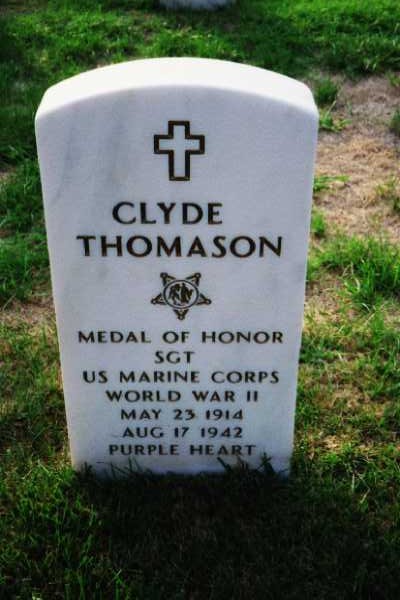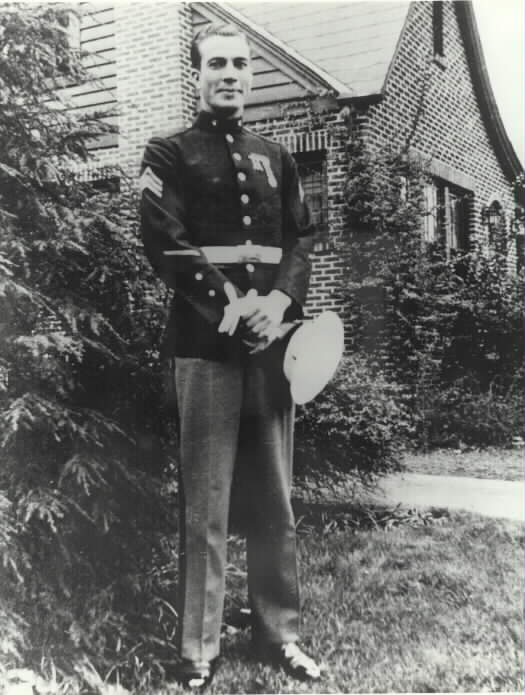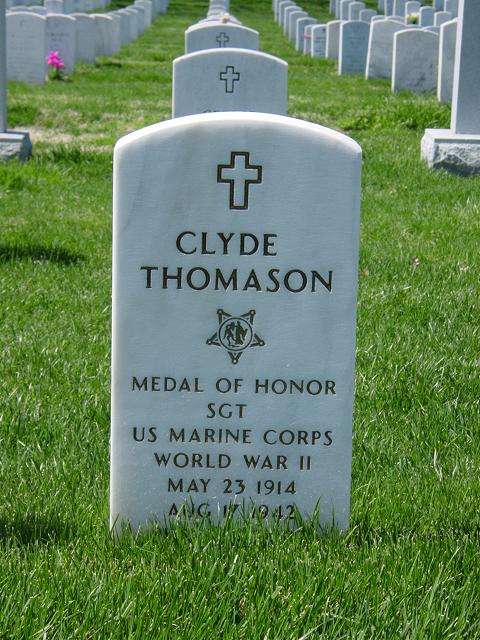In August 1945, the United States erupted in joyous celebration as Japan unconditionally surrendered and World War II came to a close. In the ensuing months, tens of thousands of American service members came home to a grateful nation and tearful reunions with their friends and families.
However, the loved ones of more than 78,000 service members did not experience such reunions. For them, World War II never really ended as their family members and friends were listed as missing in action.
In Nov. and Dec. 1999, the Army’s Central Identification Laboratory (CILHI), based at Hickam AFB, Hawaii, recovered the remains of 19 Marine Raiders who died during the August 1942 raid on Makin Atoll.
The recovery brought to a close a search that initially began in 1948 when a Graves Registration Team searched Makin Atoll for the bodies of the 18 Marines killed and 12 listed as missing from the raid but found nothing. Fifty years later, while en route to Hawaii from a search in Vietnam, a two-man survey team from CILHI was forced to divert to Makin due to heavy rains.
While there, the team interviewed island residents and set the stage for later search operations. An excavation in May 1999 turned up nothing, but in November 1999, researchers discovered a mass grave containing human remains, equipment, and dog tags belonging to some of the Raiders. Bureimoa Tokarei, who was 16 at the time of the raid, helped bury the Marines and led investigators to within meters of the burial site.
Of the 30 Marines who did not return from the raid on Makin Atoll, 11 have yet to be found. Nine of the Marines, who were inadvertently left behind after the raid, were captured by the Japanese and later taken to Kwajalein Island, where they were executed. The location of the other two Marines remains a mystery, and search operations for those yet to be found are ongoing.
The repatriated remains are returning to the United States as individual families make burial arrangements. Several of the families have opted for joint interment at Arlington National Cemetery in Washington, D.C., scheduled for August 2001.
Among those laid to rest at Arlington will be Ssegeant Clyde Thomason, killed during the raid as he became the first enlisted Marine in World War II to earn the Medal of Honor. His younger brother, Hugh, who followed his elder sibling into the Marines and served during World War II and Korea, sums up the general feeling of many of the families.
“He was a fine young man and we are quite gratified to finally be able to bring him home,” says Thomason.
THOMASON, CLYDE
Rank and organization: Sergeant, U.S. Marine Corps Reserve. Born: 23 May 1914, Atlanta, Georgia. Accredited to: Georgia.
Citation:
For conspicuous heroism and intrepidity above and beyond the call of duty during the Marine Raider Expedition against the Japanese-held island of Makin on 17-18 August 1942. Leading the advance element of the assault echelon,
Sergeant Thomason disposed his men with keen judgment and discrimination and, by his exemplary leadership and great personal valor, exhorted them to like fearless efforts.
On one occasion, he dauntlessly walked up to a house which concealed an enemy Japanese sniper, forced in the door and shot the man before he could resist.
Later in the action, while leading an assault on an enemy position, he gallantly gave his life in the service of his country. His courage and loyal devotion to duty in the face of grave peril were in keeping with the finest traditions of the United States Naval Service.
Click Here For Additional Details on This Mission

Michael Robert Patterson was born in Arlington and is the son of a former officer of the US Army. So it was no wonder that sooner or later his interests drew him to American history and especially to American military history. Many of his articles can be found on renowned portals like the New York Times, Washingtonpost or Wikipedia.
Reviewed by: Michael Howard


